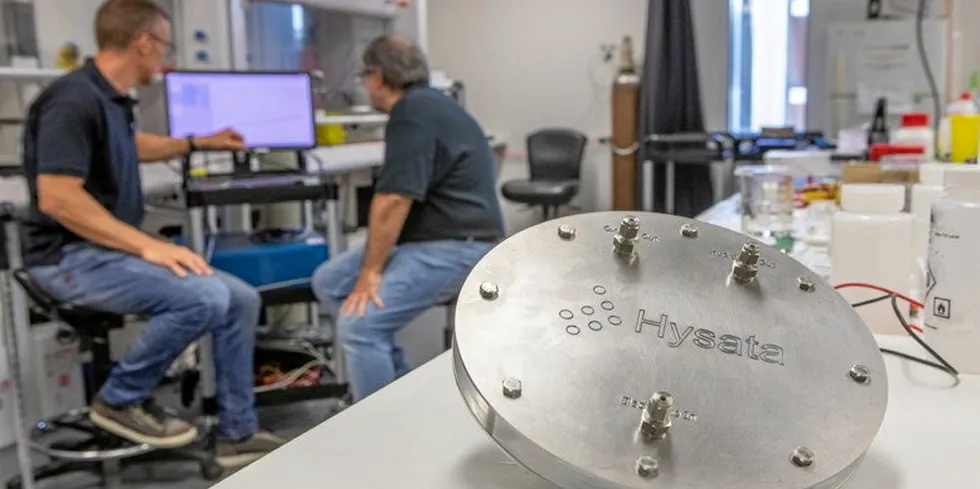'World's cheapest green hydrogen' | Start-up with ultra-efficient electrolyser to develop pilot factory after securing $29m
Hysata — which says its 'capillary-fed' technology is a 'step-change improvement over existing designs' — attracts A$42.5m in Series A investment round
